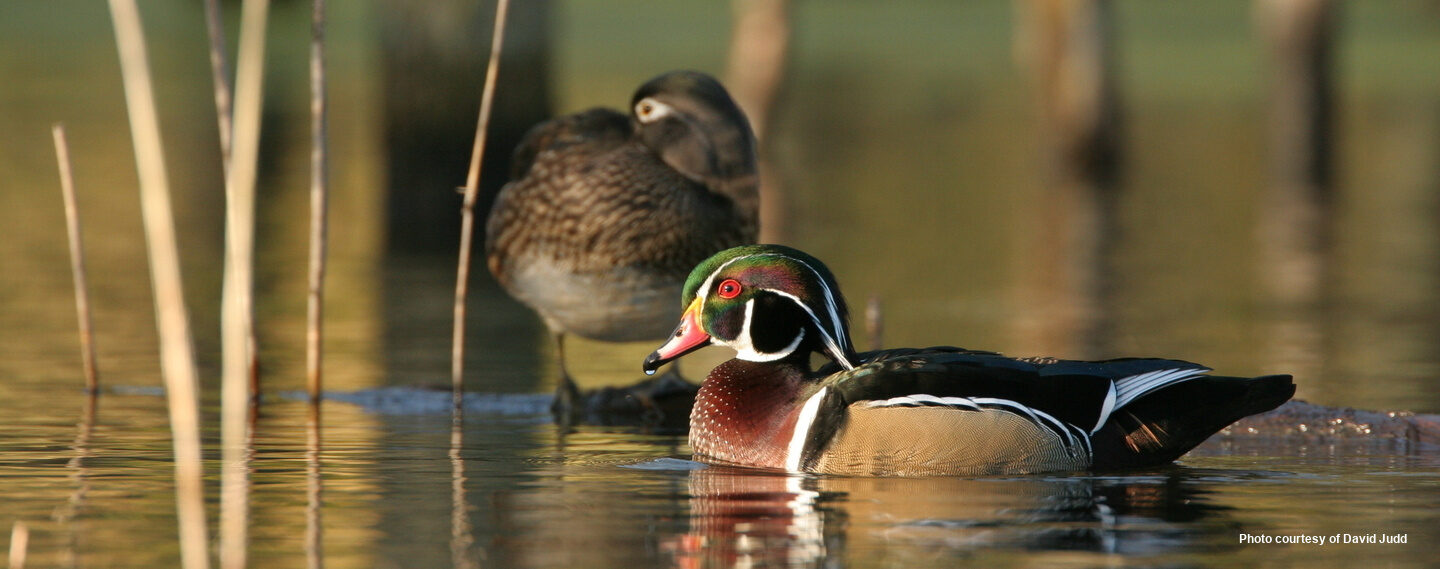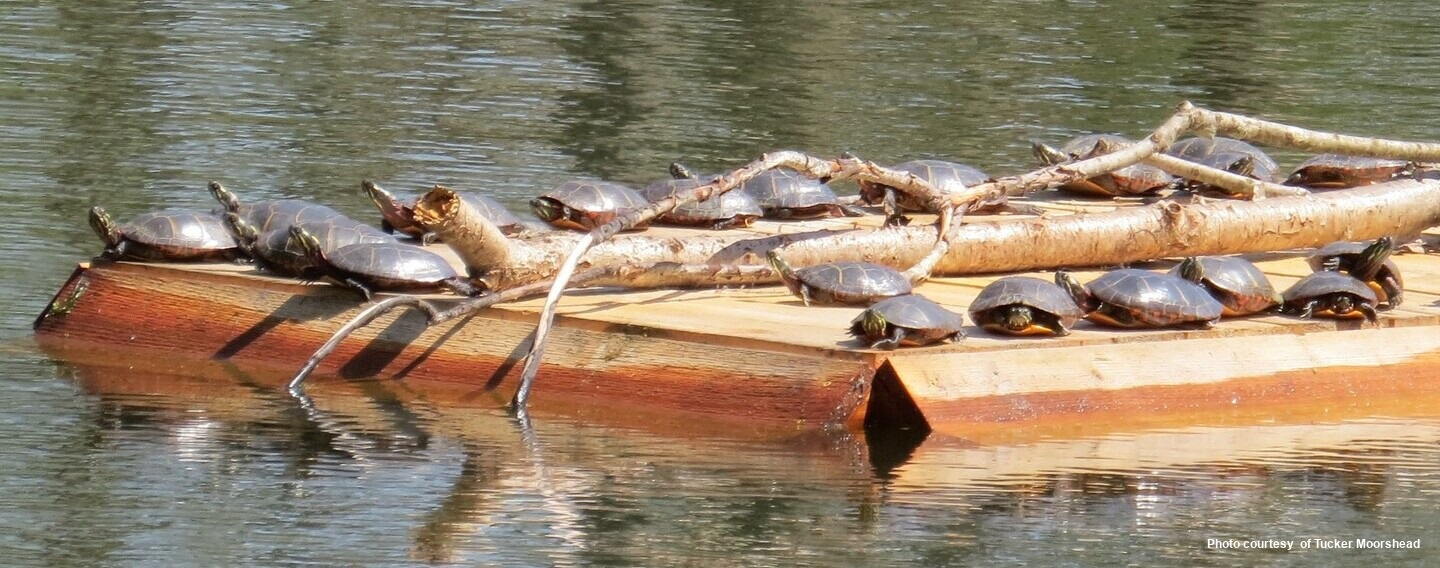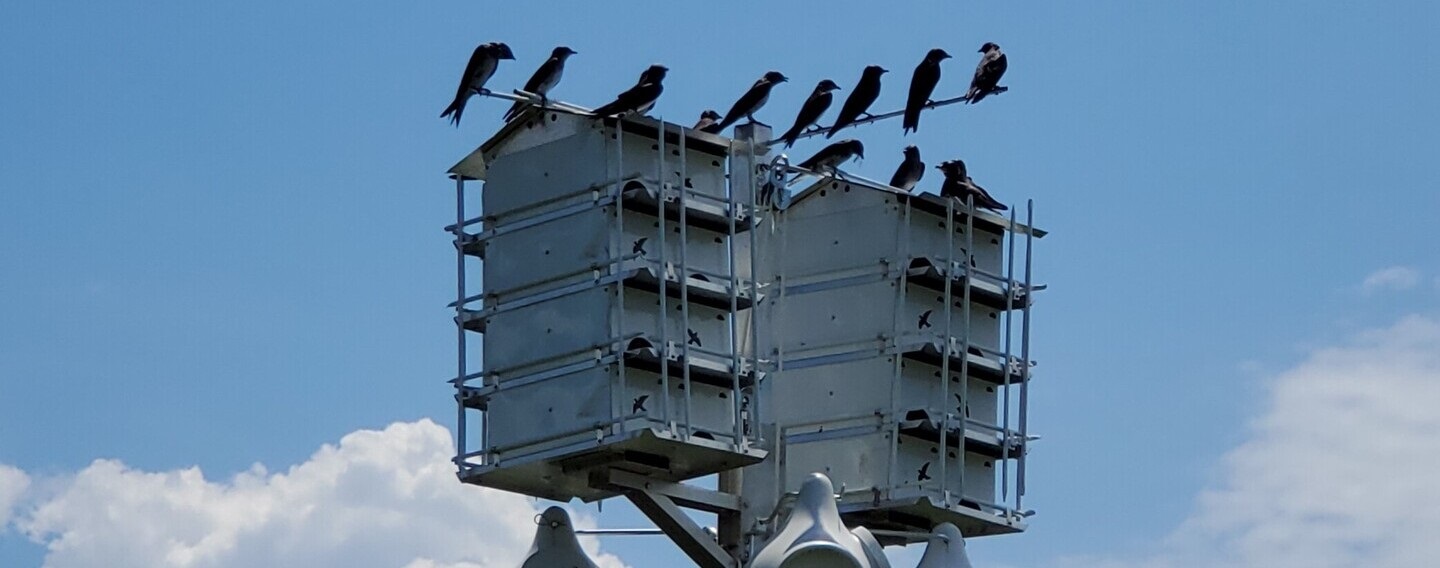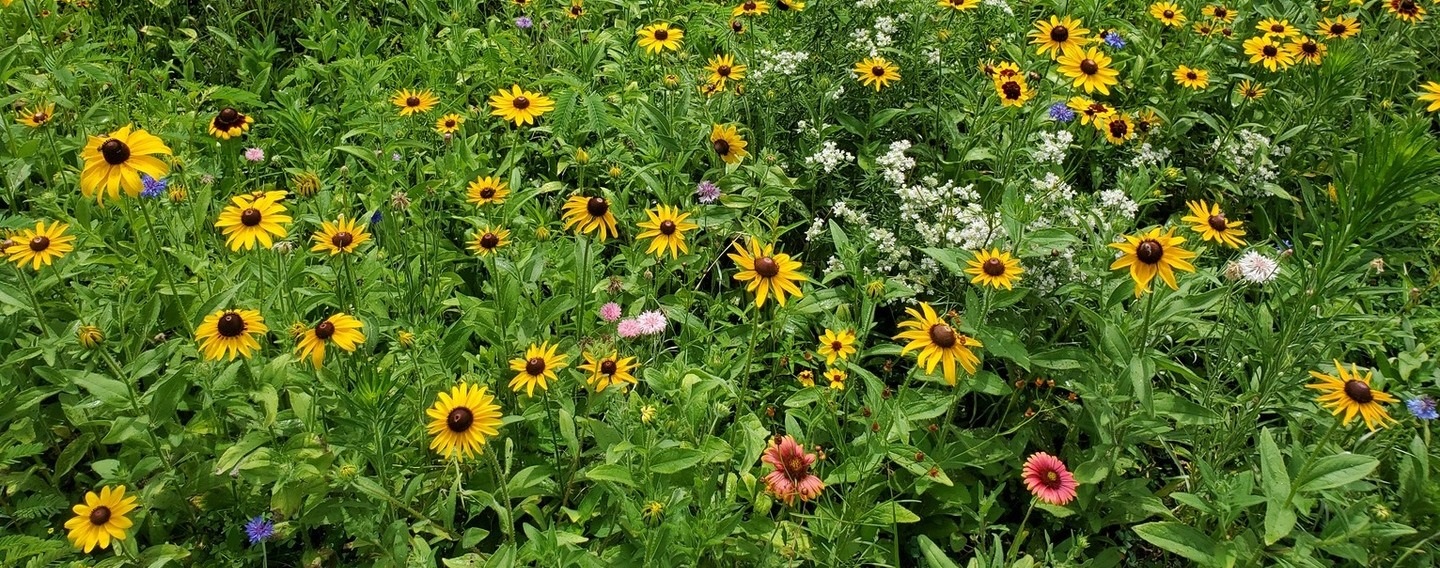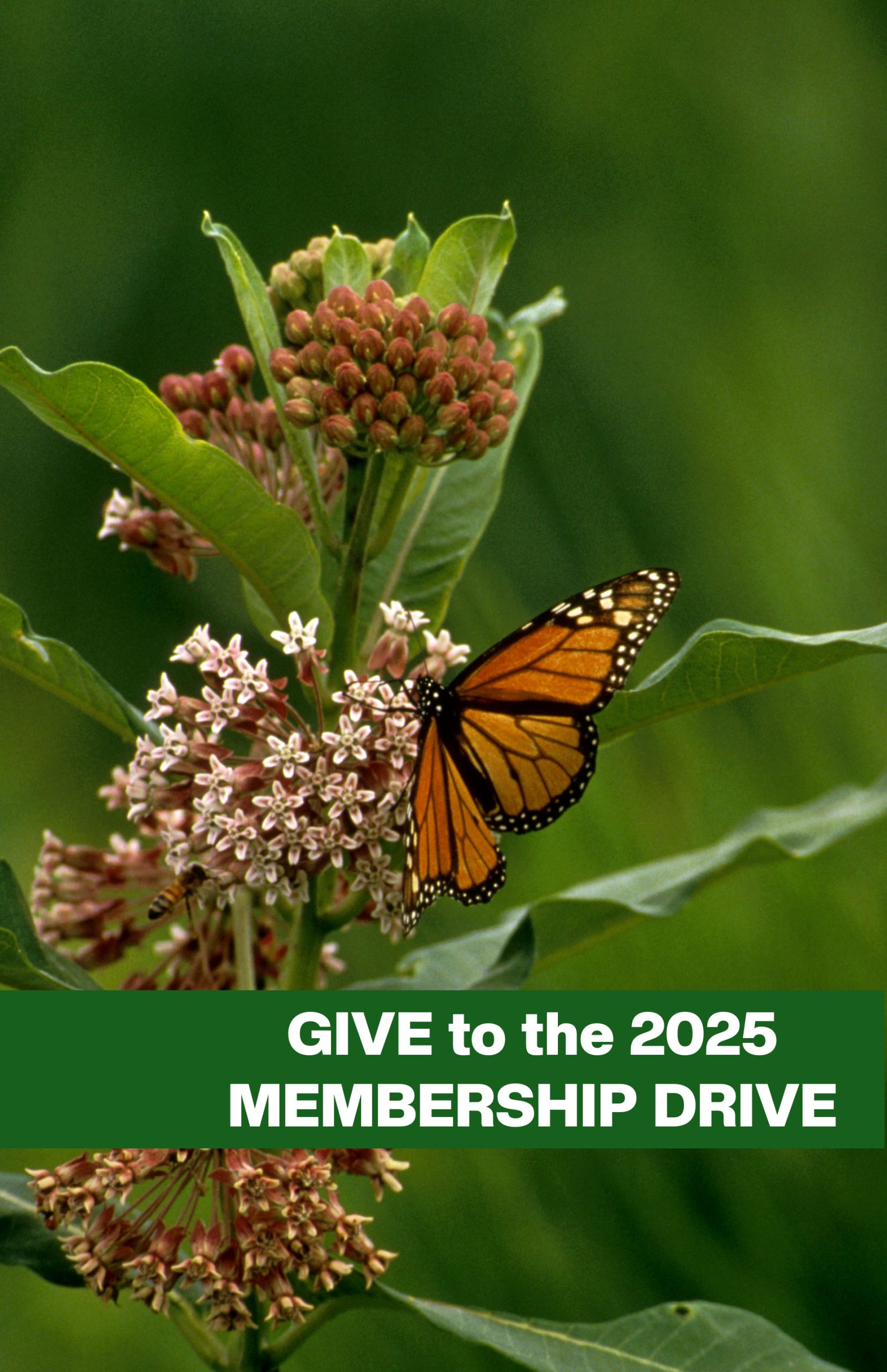We Build Habitat for Wildlife
Chesapeake Wildlife Heritage (CWH) is dedicated to designing, building, and maintaining wildlife habitat and establishing a more sustainable agriculture through direct action, education, and research in partnership with public and private landowners. By increasing the amount and diversity of wildlife habitat, and educating the public about the need for wildlife habitat, CWH is improving the health of the Bay
Given its expansive watershed of 64,000 square miles with 11,600 miles of tidal shoreline and a human population of more than 18.3 million in 2019, the health of the Chesapeake Bay is inextricably linked to how landowners in the watershed manage their land. CWH is the only nonprofit in the Chesapeake Bay area that takes habitat projects from conception to fruition. Our approach to designing, building, and managing habitat improves water quality and increases the quantity and diversity of habitat in the region. Long-term commitment on the part of both CWH and landowner partners is resulting in consistent success in wildlife habitat creation and management in the Chesapeake Bay watershed.

